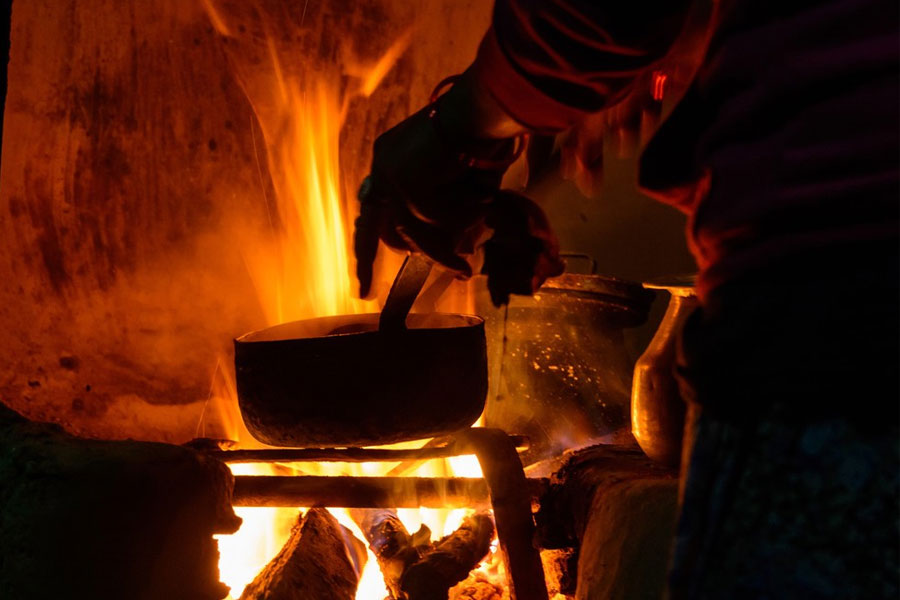Introduction of common heat treatment process for die steel
Generally, the service life of the mold and the quality of its products are largely determined by the quality of the heat treatment. Therefore, in mold manufacturing, it is very important to formulate a reasonable heat treatment process and improve the level of heat treatment technology.
The heat treatment of die steel is a process that uses heating, heat preservation and cooling methods to promote changes in the internal structure of the metal to obtain the required various mechanical properties, such as strength, toughness and wear resistance. Hardware machine power grid believes that common heat treatment process methods for die steel include normalizing, annealing, tempering and quenching.
1, normalizing
The purpose of normalizing is to eliminate the internal stress generated during cold working, forging or quenching, refine the coarse structure generated during high temperature and overheating, and improve the mechanical properties. For parts with low strength requirements, normalizing can be used as the final heat treatment; carbon steel with a carbon content of less than 0.45% can be replaced by normalizing annealing; normalizing is mainly used for pre-heat treatment before spheroidizing annealing for mold manufacturing .
2. Annealing
In the mold manufacturing process, mold parts are generally forged into blanks with certain geometric shapes. In order to further machine the blanks, they must be annealed to eliminate their forging stress and work hardening, and organize the final heat treatment. ready. The annealing method is to first heat the workpiece to a certain temperature above the critical point, at this temperature, keep it warm for a period of time, and then cool the workpiece very slowly along with the furnace to ensure a stable structure. The annealing process can be divided into: complete annealing, incomplete annealing, isothermal annealing, etc. according to the requirements of mold materials and organizational performance after annealing. In practical applications, annealing is often classified according to its purpose, such as spheroidizing annealing, diffusion annealing, stress relief annealing, and recrystallization annealing.
3. Tempering
The quenched steel parts are heated to a temperature below A1 point for a period of time, and then the cooling process is called tempering. Tempering has two purposes: one is to change the quenching structure to obtain a certain combination of strength and toughness; the other is to eliminate the quenching stress and the structural transformation stress during tempering. After the mold is quenched, it should be tempered immediately to improve the toughness and durability of the steel. According to the needs of working conditions, the important parts of cold and hot working molds are often tempered at low or medium temperature. Medium carbon steel or medium carbon alloy structural steel is quenched and then subjected to high temperature tempering.
4. Quenching
The purpose of quenching is to improve the hardness, wear resistance and other mechanical properties of the workpiece. Quenching is an essential heat treatment process in mold manufacturing. For example, the punch and die must be quenched to increase the hardness to increase the service life and durability of the die. The method of quenching is to heat the workpiece to a certain temperature above the quenching temperature, after heat preservation, it is placed in a cooling medium (water, oil or salt solution), and cooled at an extremely fast rate (that is, greater than the critical cooling rate) Martensite structure.
